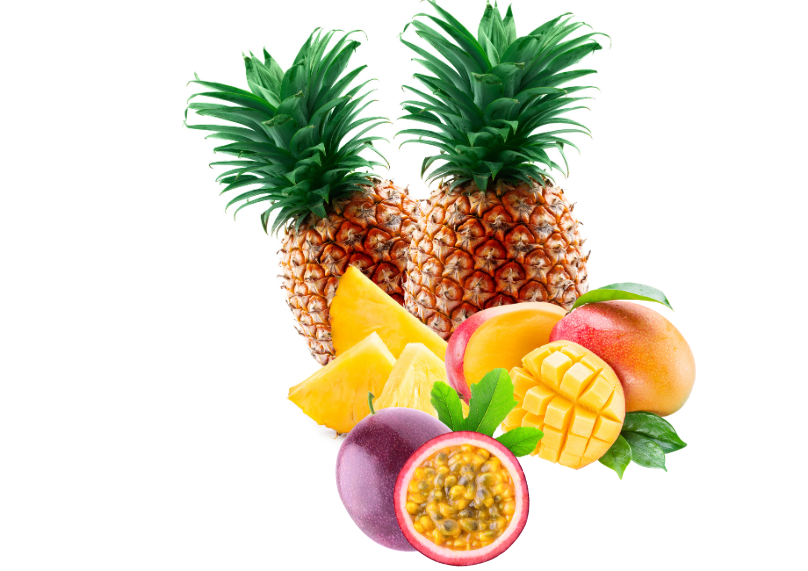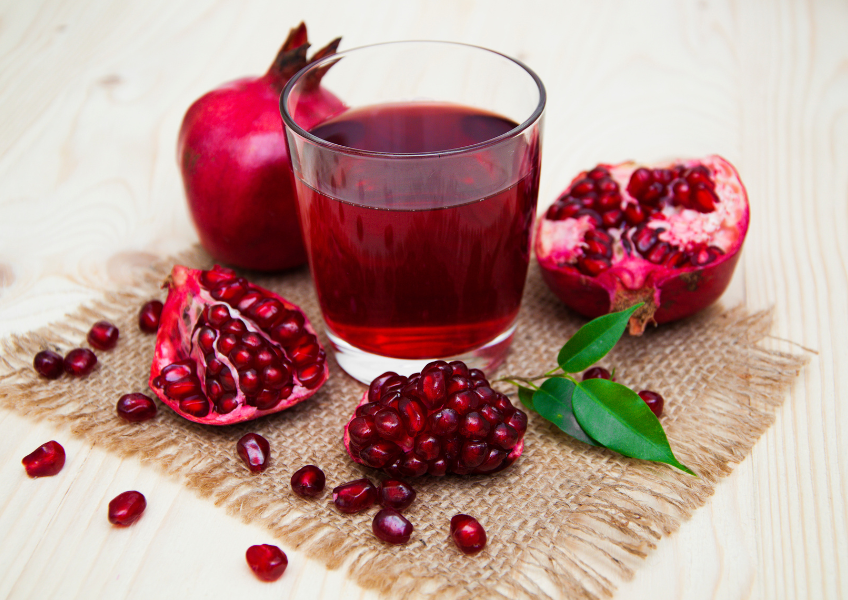The world of beverages has been buzzing for years with the debate between juices and smoothies. While both bring a refreshing blend of fruits and, at times, vegetables to our lips, they hold distinct characteristics that differentiate them from each other.

More than a matter of taste, understanding the nuances between juices and smoothies can guide your nutritional choices, therefore impacting your health, diet, and even your pocket. This article will delve into the world of juices and smoothies, clarifying the differences and helping you make more informed decisions.
Fundamental Differences
The juice extraction process: Leaving behind the pulp
Juicing is a process where the liquid part of the fruit or vegetable is extracted, leaving behind most of the fiber-rich pulp. The result? A clear, vibrant, and often more intense flavor, however, with the absence of beneficial fibers.
Smoothie blending: Incorporating the whole fruit or veggie
Smoothies, on the other hand, blend the entirety of the produce, thus ensuring that the fiber and pulp are retained. This gives smoothies their characteristic thicker texture, making them more satiating.
Ingredients & Composition
Common ingredients in juices
Most juices include fruits like oranges, apples, grapes, and berries. These have a sweet and sometimes tangy flavor and make up for your daily vitamin C intake. Sometimes, people add vegetables like carrots and beets or even celery, cucumbers, ginger, and turmeric for a more nutrient-dense drink.

Typical ingredients in smoothies
Smoothies boast a broader range of ingredients. Apart from fruits and vegetables, they might include yogurt, milk (or its non-dairy alternatives), seeds, nuts, and even protein powders, offering a more comprehensive nutrition profile.
Nutritional Breakdown
Juices are packed with vitamins and minerals (1). For instance, orange juice is abundant in vitamin C, while beet juice offers a good dose of potassium and magnesium. However, juices, especially those from fruits, can be high in natural sugars since the fiber is removed. This makes them rapidly increase blood sugar levels (2). On the contrary, the fiber in smoothies slows down the absorption of sugars, making them a better option for steady energy release.
Digestion and Absorption
The absence of fiber in juices facilitates faster digestion and potentially faster nutrient absorption. This can be beneficial when you need an immediate nutrient boost, like after a workout. However, fiber is incredibly beneficial for proper digestion. It not only ensures better sugar absorption but also promotes gut health, supporting regular bowel movements and keeping you full for longer periods.

Versatility and Flavor Profiles
Exploring the flavor combinations in juices
Juices offer a playground of flavors. From the zesty tang of citrus fruits to the earthy tones of veggies, the combinations are endless. Popular mixes include apple-carrot-ginger or tropical mango-pineapple-passionfruit.
Fusion of ingredients in smoothies
Smoothies allow for a richer blend of flavors and textures. Combining fruits, veggies, nuts, seeds, and dairy or non-dairy bases, you can craft anything from a berry protein blast to a green kale and spinach delight.
Customization and Dietary Needs
Juices for specific health needs

Specific juices can cater to certain health needs. For instance, celery juice for gut health or pomegranate juice for heart health. Other ideas include cranberry juice for urinary health, beet juice to boost nitrate levels, and prune juice for skin and eye health.
Tailoring smoothies for dietary preferences
Smoothies are versatile. Whether you’re vegan, on a keto diet, or just seeking a post-workout protein hit, you can tailor your smoothie to fit any dietary requirement. Add as many or as few ingredients as you like! Furthermore, it’s also easier to hide the less flavorful ingredients that you may want for health reasons, but don’t love the taste of. Add your favorite collagen for skin-enhancing benefits or add creatine for an added muscle boost.
Conclusion
While juices offer a clear, nutrient-dense sip, smoothies come with the added benefits of fiber and ingredient versatility. Each holds its place in our diets, addressing different needs. Understanding their differences can help you choose what aligns best with your health and dietary goals. Of course, neither juices nor smoothies should replace whole foods entirely. The key is to consume them as part of a balanced diet. Cheers to a flavorful and healthful journey!



